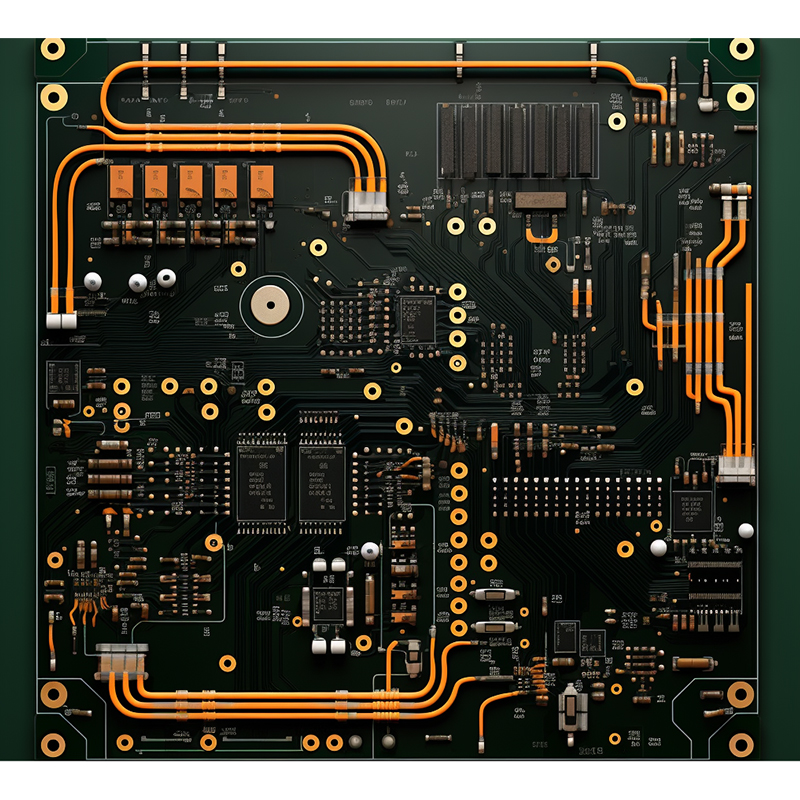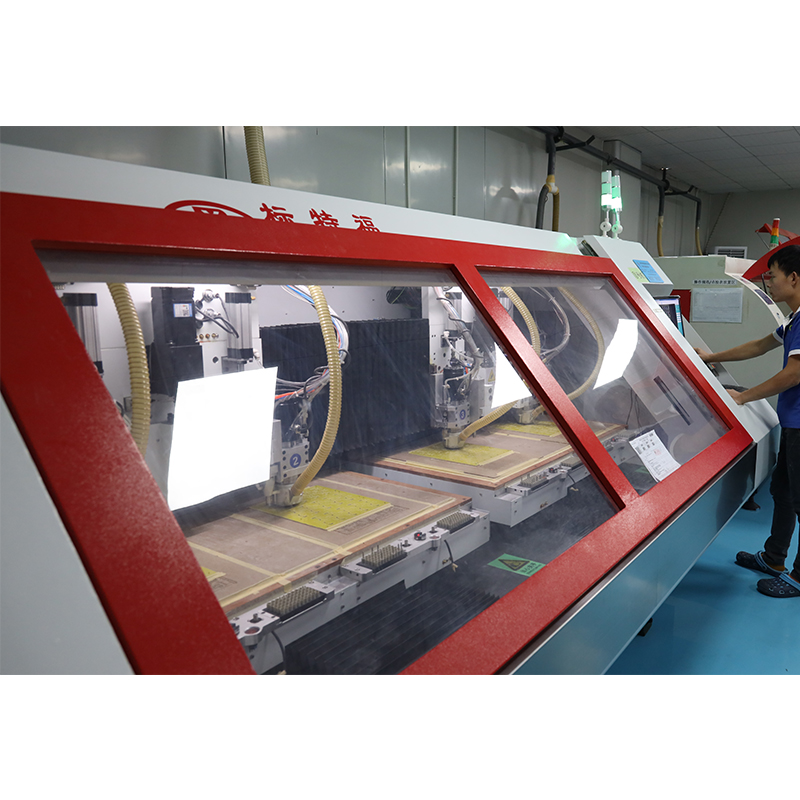In this blog post, we will explore the standard thickness of rigid-flex PCBs and why it is an important consideration in electronic design.
Printed circuit boards (PCBs) are an indispensable component in modern electronic equipment. They provide a platform for mounting and connecting various electronic components. Over the years, PCBs have continued to evolve to meet the needs of increasingly complex designs and diverse applications. One such evolution is the introduction of rigid-flex PCBs, which offer unique advantages over traditional rigid or flexible circuit boards.
Before we delve into standard thicknesses, let’s first understand what rigid-flex is. A rigid-flex PCB is a hybrid of rigid and flexible circuits integrated on a single board. They combine the advantages of rigid and flexible PCBs to provide versatile solutions for numerous applications. These boards consist of multiple layers of stacked circuits interconnected by flexible layers, providing a compact and reliable solution for electronic components.
Now, when it comes to rigid-flex board thickness, there is no specific standard thickness that applies to all designs. Thickness can vary depending on the specific requirements of the application. Generally speaking, the thickness of rigid-flex boards ranges from 0.2mm to 2.0mm. However, various factors must be considered before determining the optimal thickness for a particular design.
A key factor to consider is the mechanical requirements of the PCB. Rigid-flex boards have excellent flexibility and bending capabilities, but thickness plays an important role in determining the overall flexibility of the board. Thinner boards tend to be more flexible and easier to bend and fit into tight spaces. On the other hand, thicker plates provide better rigidity and can withstand higher levels of stress. Designers must strike a balance between flexibility and rigidity depending on the intended application.
Another factor that affects thickness is the number and type of components to be mounted on the board. Some components may have height restrictions that require a thicker circuit board to adequately accommodate them. Likewise, the overall weight and size of the components will also affect the ideal thickness of the board. Designers must ensure that the selected thickness can support the weight and size of the connected components without affecting the structural integrity of the board.
In addition, the manufacturing processes and technologies used to produce rigid-flex boards also affect standard thickness. Thinner boards generally require more precise manufacturing techniques and may involve higher manufacturing costs. Therefore, the selected thickness should be consistent with the capabilities of the selected manufacturing process to ensure efficient and cost-effective production.
In summary, while there is no fixed standard thickness for rigid-flex boards, it is important to consider a number of factors when determining the optimal thickness for a given application. Mechanical requirements, number and type of components, weight and size constraints, and manufacturing capabilities all play a critical role in this decision-making process. Achieving the right balance between flexibility, rigidity and functionality is critical to maximizing the performance and reliability of rigid-flex PCBs.
In summary, the standard thickness of rigid-flex boards may vary depending on the specific needs of the application. Designers must carefully evaluate factors such as mechanical requirements, component limitations and manufacturing capabilities to determine the optimal thickness for their design. By considering these aspects, designers can ensure that their rigid-flex PCBs meet required performance and reliability standards while providing the necessary flexibility and functionality.
Post time: Sep-18-2023
Back








